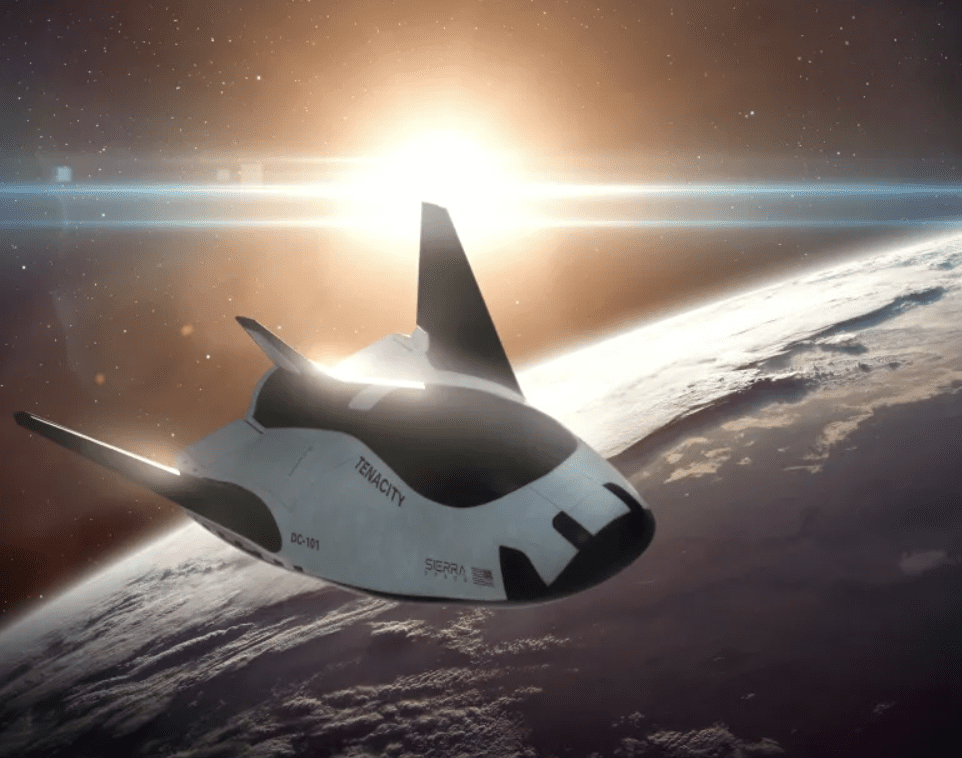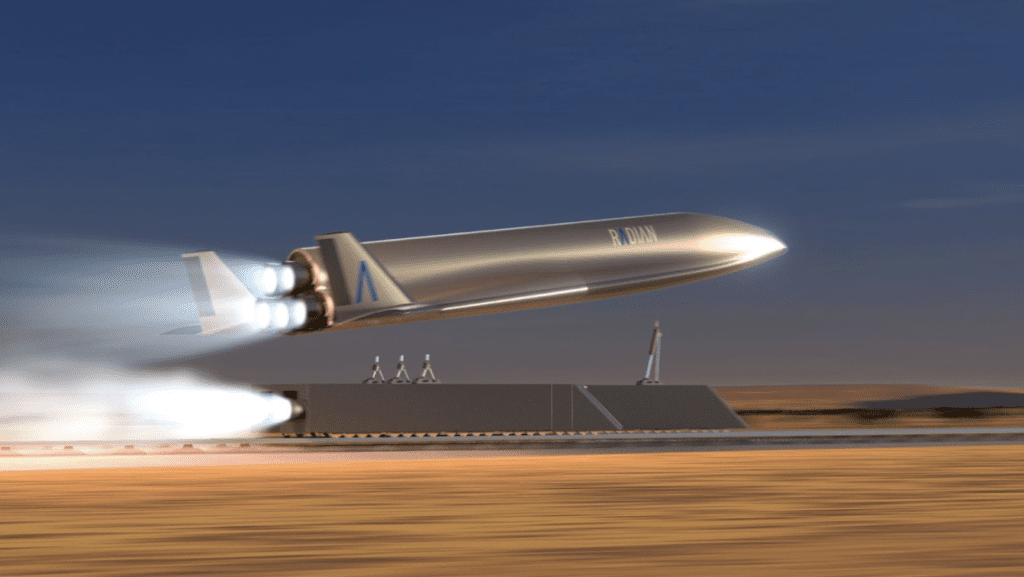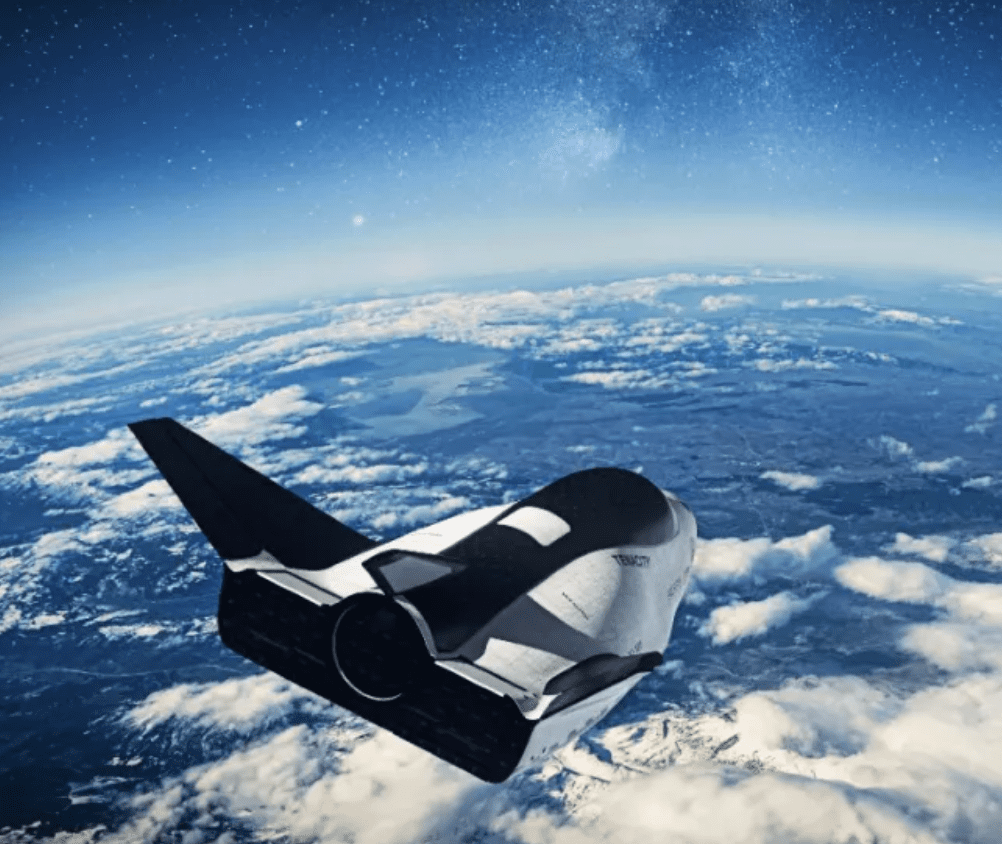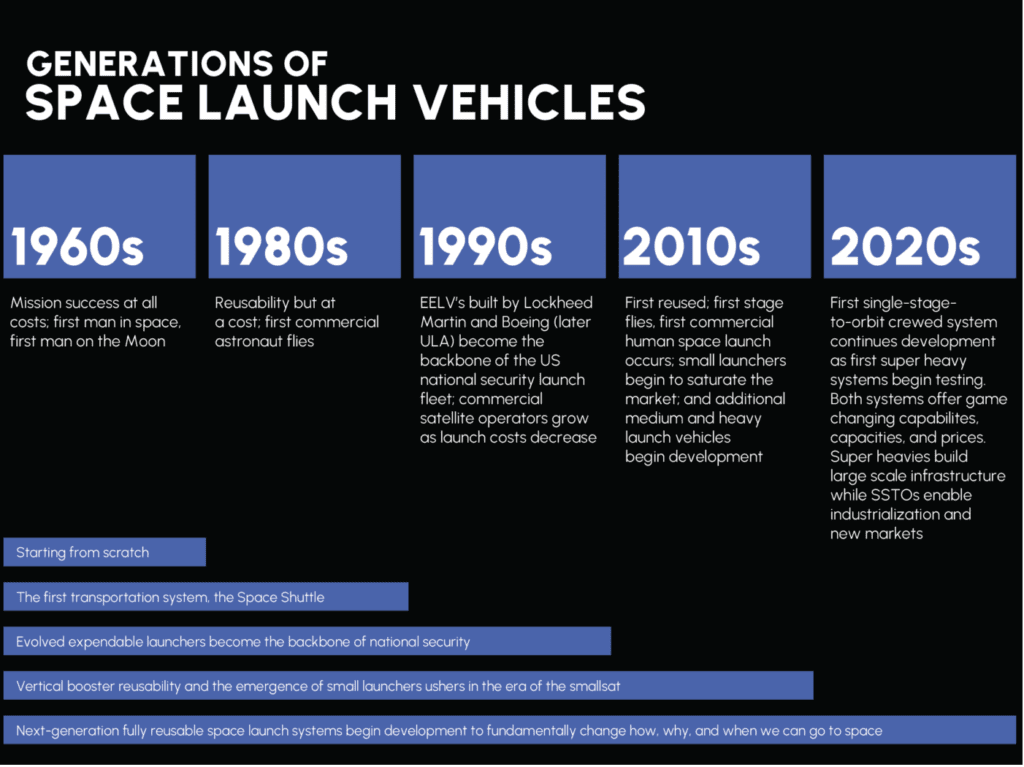Sierra Space Radian Spaceplanes

Sierra Space Radian Spaceplanes – Sierra Space and Radian have developed spaceplanes that reach almost 18,000 mph for entering orbit and visiting private space stations.
They’re not just not sci-fi.If Mach 1+ sounds too slow for that transatlantic flight, how about Mach 22.5, or 17,400 mph?
That may soon be an option, thanks to a fleet of spaceplanes readying to take flight.
While the latest generation of both supersonic and hypersonic aircraft mostly use jet engines and atmospheric oxygen for combustion, spaceplanes, generally speaking, also have wings but use rocket engines and carry O2 on board.
They also reach speeds of at least 17,400 mph, the rate at which centrifugal force equals gravity.
Fast enough to leave the atmosphere and enter Low Earth Orbit (LEO).

Sierra Space Radian Spaceplanes
Sierra Space has reached the final phase of testing its Dream Chaser spaceplane, co-developed with NASA for missions beyond the stratosphere, and it will make its first flight in the second half of this year.
Like the Radian, it will be reusable, with turnaround times ranging from two days (Radian) to a few months (Sierra).
“The experience will be more comfortable and more like flying on a regular jet than a rocket,” says Richard Humphrey, CEO of Radian Aerospace, which has already flown a one-tenth demonstrator version of its coming spaceplane, Radian One.
“And winged vehicles can perform in ways a typical rocket can’t. When a rocket slows down, it goes down, but one with wings can dip down and go back up, it can turn, it can invert.”
After an initial focus on scientific research, including Sierra’s partnership with Jeff Bezos’s Blue Origins on developing a private space station, the Dream Chaser will be involved in commercial operations by hauling cargo and shuttling scientists and researchers to and from space stations.
Both Sierra Space and Radian also have space-tourism aspirations that go beyond much of what’s currently available, including 11-minute flights by Virgin Galactic and Blue Origin, and longer space-balloon flights by companies like Space Perspective and Zephalto that do not reach Low Earth Orbit.
“Passengers will be able to go up and stay in orbit,” says Humphrey, whose company has the most developed passenger plans right now.
“We can go around the planet in about 95 minutes, so a typical trip will probably be three laps.”
At the end of the trip, spaceplanes enjoy a quiet glide back to Earth and a gentler landing on commonly available runways, which opens another intriguing option—point-to-point travel around the globe.
“In that scenario,” Humphrey says, “we will travel out of the atmosphere briefly, at near orbital speeds [greater than Mach 10], and then re-enter and ‘fly’ down to a runway.”
Virgin Galactic has hinted at similar plans for its new Delta-class spaceship.
New York to Sydney is roughly 10,000 air miles. At Mach 13, that would be a one-hour flight.

Sierra Space Radian Spaceplanes – How it Works
How it works: As seen in the picture above, Radian employs a rocket-powered sled system during takeoff to accelerate their spaceplane along a 10,000-foot track.
To gain additional momentum to reach orbit, the spaceplane ignites its engines while the sled replenishes its fuel tanks, ensuring the vehicle is filled to the brim with propellant for takeoff.
After zipping down the 2-mile track, the sled releases the spaceplane at Mach 0.7, propelling the vehicle into the next phase of its ascent.
At its core, the launching system is designed to offload a portion of the acceleration burden from the spaceplane to the ground, thereby reducing the amount of propellant the vehicle needs to carry for flight.
Unlike traditional vertical rockets, which burn vast amounts of fuel at the launch pad to overcome their own inertial weight.
This approach conserves fuel by leveraging the sled system to help achieve the necessary speed to reach orbit.

Sierra Space Radian Spaceplanes
Radian Aerospace has set out to build the world’s first single-stage-to-orbit (SSTO) spaceplane, the Radian One.
The company is designing the fully reusable spacecraft to be not just a spaceplane but also a multifunctional platform, capable of performing a broad array of missions in space, many of them not possible with vertical launch systems.
Capable of launching from a proprietary rocket-powered sled, ascending to orbit, and returning to Earth without jettisoning any stages.
The Radian One is engineered for rapid, on-demand operations, featuring a short turnaround time between flights with minimal inspection required.
Search for the holy grail: Though technical challenges remain, the successful development of their next-generation spaceplane could unlock transformative business opportunities in LEO by drastically reducing the cost of routine space access and human spaceflight missions—a key requirement for the sustained commercialization and industrialization of LEO.
Often hailed as the holy grail of space travel, the SSTO vehicle has the potential to revolutionize the industry, reshaping how we access and operate in space.
Since closing a $32M seed round in late 2021, the Seattle-based company has been engineering and advancing their spaceplane hardware.
They have made progress in design and testing, steadily moving their innovative technology and the spaceplane toward operational readiness.

Sierra Space Radian Spaceplanes – Industry Overview
The space industry is currently facing a shortage of launch capacity.
There is a need for more efficient and cost-effective launch solutions.
The success of SpaceX’s Falcon 9 has demonstrated that reusability can significantly lower costs and increase launch frequency.
However, the ultimate prize remains the development of a fully reusable vehicle.
There are only a few launch companies looking to solve this problem.
SpaceX is designing Starship to be fully reusable, but Radian offers a unique approach as an SSTO vehicle with the added advantage of runway landings.
While Starship prioritizes mass to orbit and deep space exploration, Radian prioritizes mission flexibility.
Next-generation launch systems may fundamentally change how, why, and when we can go to space.
Compared to other spaceplanes like Sierra Space’s Dream Chaser (which launches atop a rocket and operates only in space).
Dawn Aerospace’s Mk-II Aurora (which focuses on small suborbital vehicles), Radian’s spaceplane design sets itself apart as a single-stage-to-orbit system that offers lower costs, higher flight cadence, and human spaceflight capability from day one.
In 2022, Deloitte Consulting stated that the inflection point for commercial human spaceflight occurs when per seat prices decrease to $8-11M per seat.
While Radian has not publicly stated their price, they have stated that they will be offering seats within this range.
Most Expensive Charter Yachts >>



